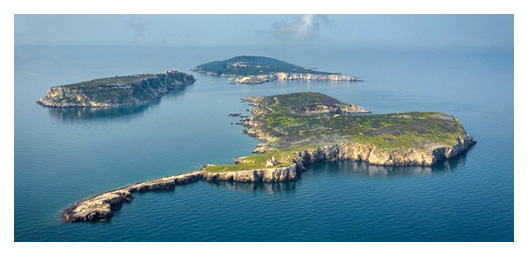(English follows)
Quante isole italiane conosci? Sicuramanete le più visitate dagli stranieri sono le isole siciliane, sarde, campane e dell’arcipelago toscano. Comunque, olte a queste meraviglie, ci sono altresì le Isole Tremiti, dette anche Isole Diomedee, che si trovano nel mare Adriatico di fronte al Molise e alla Puglia. Scopriamole insieme!
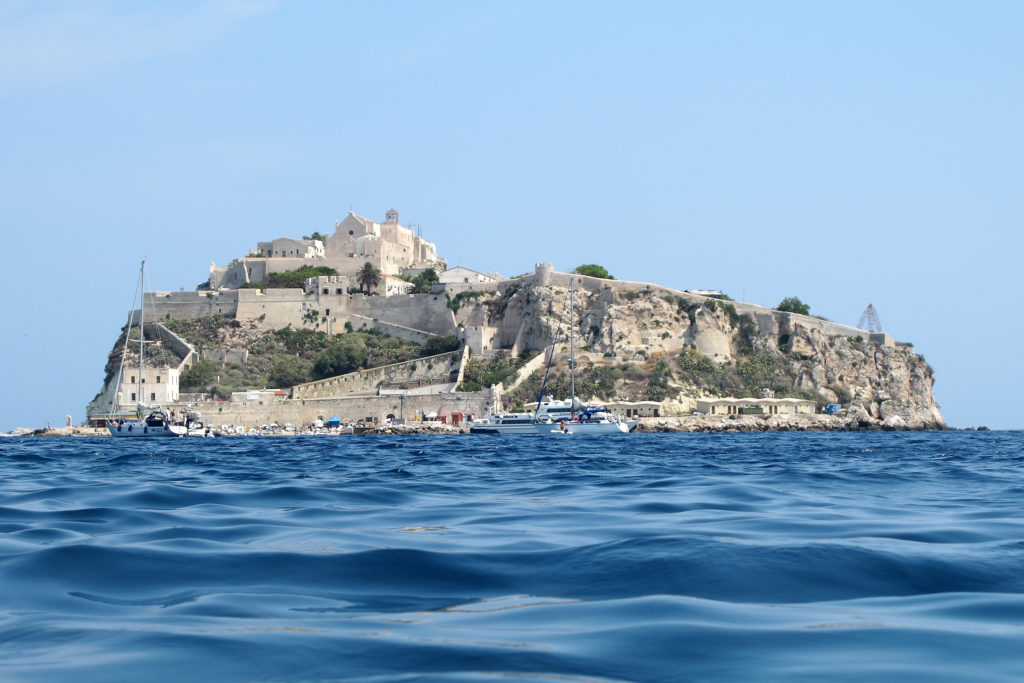
Le Isole Tremiti si trovano a circa 12 miglia a largo del Parco Nazionale del Gargano, nel nord della Puglia e sono l’unico arcipelago nel mare Adriatico. La natura qui si presenta ancora selvaggia ed incontaminata con una vegetazione rigogliosa. Il suo mare è limpido, i fondali puliti, il clima gradevole e l’aria pura.
Sono una meta ideale per chi cerca una vacanza tranquilla e in piena libertà a contatto con la natura.
Il nome
Il nome delle isole è legato alla loro pericolosità sismica dovuta a una storia di terremoti nella zona. Infatti tremiti deriva dal verbo “tremare”. Sono conosciute anche come Isole Diomedee, dal nome degli uccelli marini “diomedee” dal canto molto particolare e simile al vagito di un bambino che qui vivono in abbondanza.
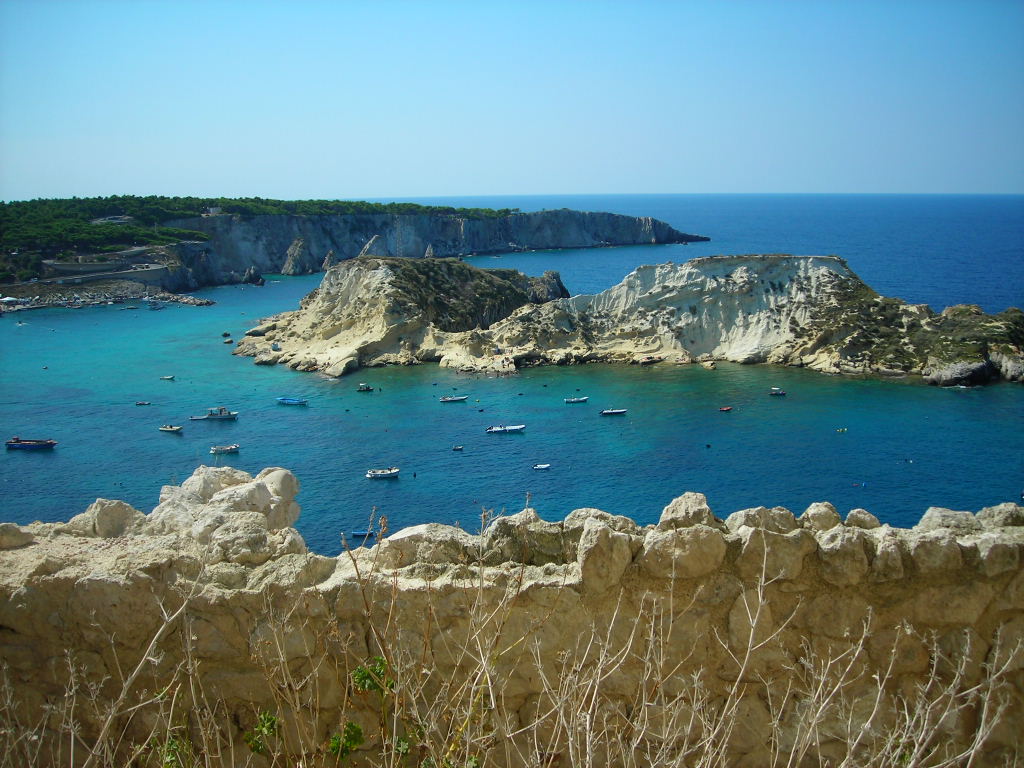
La morfologia
La morfologia dell’isola si alterna tra baie e promontori, coste basse e sabbiose, ma anche alte e rocciose con falesie a strapiombo sul mare.
Caratteristica di tutto l’arcipelago sono le piccole insenature e calette tra cui Cala delle Arene, l’unica spiaggetta di una certa dimensione presente nell’arcipelago; Cala Matano che scende a strapiombo sul mare; Cala degli Inglesi, dove un battello inglese di contrabbandieri affondò; Cala Tamariello, da cui si accede direttamente al mare e nella quale è possibile l’attracco di piccoli natanti; Cala Tonda, che forma un suggestivo laghetto. Per gli appassionati di diving da non perdere le splendide Grotte delle Viole e i fondali blu nei pressi dei faraglioni dei Pagliai. Per chi ama lo snorkeling ci sono almeno 23 sentieri subacquei.
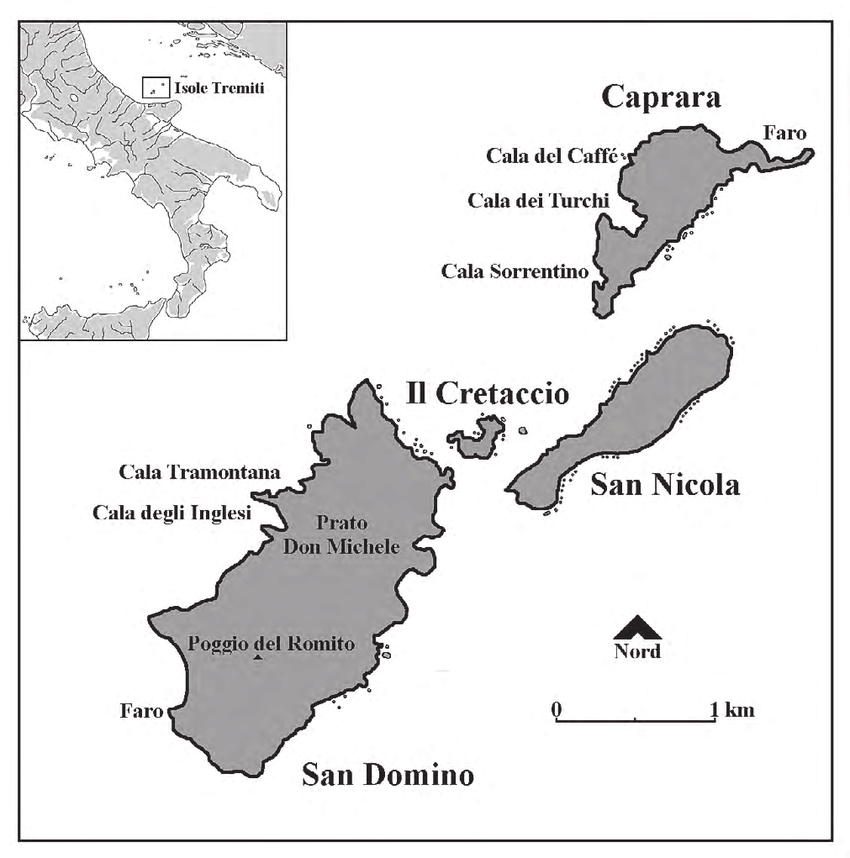
Le sue isole
Cinque isole compongono l’arcipelago: San Domino, San Nicola, Caprara, Cretaccio e Pianosa.
San Domino è l’isola più estesa e un tempo era chiamata dai monaci benedettini l’Orto del Paradiso per la sua bellezza paesaggistica e naturalistica. E’ ricoperta da una foresta di pini d’Aleppo. Intorno all’isola visitabili con la barca si trovano la grotta del Bue Marino, la grotta delle Viole, la grotta delle Rondinelle.
San Nicola è considerata un museo a cielo aperto che testimoniania la storia delle isole. E’ ricchissima di monumenti: torri, fortificazioni imponenti, muraglie, chiese e chiostri di una fortezza-abbazia, Santa Maria a Mare, che ricopre un rilevante interesse storico e artistico. In epoca medioevale l’abbazia di San Nicola diede ospitalità ad illustri personaggi.
Caprara non ha alberi né edifici, ma è coperta d’erbe e di fiori, meta e dimora di una sterminata colonia di gabbiani.
Cretaccio, poco più che uno scoglio, è un ponte naturale tra San Domino e San Nicola e per diverso tempo fu davvero il “pilone” di un possente ponte in legno che collegava le due isole maggiori.
Pianosa, posta ad una ventina di chilometri a nord-est dell’isola di Capraia, è un’isola a sé, anche se rientra amministrativamente nel comune delle Isole Tremiti. Costituisce riserva integrale del Parco Marino.
Un altro aspetto interessante è la presenza di numerose grotte sottomarine create dall’erosione del calcare. Le diverse configurazioni delle tre isole e coste si riflettono nel tipo di fondale che le circonda. Le pendici sudorientali di San Domino e Caprara hanno un fondo roccioso che si estende per una profondità non superiore a 10-15 m. Nei pressi dell’isola di San Nicola, il fondo roccioso è costituito da pietre crollate. Mentre il litorale di Caprara, ha un fondale roccioso che non supera i 30 metri. La costa nord-occidentale è caratterizzata da scogliere alte e ripide.
La storia
Migliaia di anni di storia si trovano in questo piccolo arcipelago conservata in un grande museo a cielo aperto.
Un tempo le Tremiti erano conosciute come “Insulae Diomedeae”, dal nome di Diomede, l’eroe greco di Omero che fu sepolto qui. Si racconta che Venere abbia mutato i suoi compagni di viaggio negli uccelli marini “diomedee”, destinati a piangere in eterno l’amico perduto e a vegliarne la sua tomba.
La storia documentata delle Tremiti ha inizio con la costruzione dell’abbazia “Santa Maria a mare”, edificata sull’isola di San Nicola da un eremita, ampliata dai benedettini e fortificata da Carlo II d’Angiò. Abbandonata dopo essere stata depredata dai sanguinari pirati di Almissa, che intorno al 1300 sterminarono la comunità monastica, l’abbazia tornò all’antico splendore con l’arrivo dei canonici regolari lateranensi di San Frediano.
A metà ottocento Ferdinando II, re delle Due Sicilie, con l’intento di ripopolare le isole, vi fece insediare diversi indigenti provenienti dei bassifondi napoletani, che poterono così sfruttare proficuamente la pescosità del mare, dando luogo così ad una seconda colonizzazione delle Tremiti.
Le isole sono state un luogo di confinamento fin dai tempi antichi. L’imperatore Augusto fece esiliare sua nipote, Giulia la Giovane, in una di queste isole, poi chiamata Trimerus, dove morì dopo 20 anni. Le isole furono anche utilizzate per l’internamento dei prigionieri politici durante il regime fascista di Benito Mussolini.
LUCIO DALLA e le isole tremiti
Il cantautore Lucio Dalla aveva scelto le isole come il suo refugio preferito e ne ha tratto ispirazione per la sua musica. Aveva anche una sala di registrazione. Ci trascorreva molti giorni dell’anno e aveva persino una casa che si affacciava sul mare, proprio su Cala Matana a San Domino (quella stessa caletta che ha dato il titolo alla canzone Luna Matana che ricorda i pleniluni sulla baia).
IL PARCO MARINO
Nel 1989 fu costituito il parco marino delle Isole Tremiti all’interno del Parco Nazionale del Gargano. E’ uno degli habitat naturali più belli dell’intero mediterraneo con la sua natura aspra e selvaggia. La sua riserva naturale comprende l’area costiera che circonda le cinque isole, un patrimonio ittico di pesci e crostacei che vivono protetti alle diverse profondità e che, assieme alle formazioni algali, rendono il panorama sottomarino di rara bellezza, ideale per le immersioni subacquee, anche a caccia di foto dei tanti relitti storici nascosti sui fondali.
English version:
How many Italian islands do you know? Surely the most visited by foreigners are the islands of Sicily, Sardinia, Campania and the Tuscan archipelago. However, in addition to these wonders, there are also the Tremiti Islands, also called Diomedee Islands, which are in the Adriatic Sea facing Molise and Puglia. Let’s discover them together!
The Tremiti Islands are located about 12 miles off the Gargano National Park, in the north of Puglia and are the only archipelago in the Adriatic Sea. Nature here is still wild and uncontaminated with flourishing vegetation, its sea is clear, clean sea bottoms, pleasant climate and pure air. It’s an ideal destination for those looking for a quiet holiday in full freedom in contact with nature.
THE NAME
of the islands is linked to their seismic danger due to a history of earthquakes in the area. In fact, tremiti derives from the verb “tremare” (to tremble). They are also known as the Diomedee Islands, from the name of the seabirds “diomedee” who live here in abundance. They have a very particular song similar to the cry of a child
THE MORPHOLOGY
of the island alternates between bays and promontories, low and sandy coasts, but also high and rocky cliffs overlooking the sea. Characteristic of the entire archipelago are the small inlets and coves including Cala delle Arene, the only beach of a certain size in the archipelago; Cala Matano that falls overhanging the sea; Cala degli Inglesi, where an English smuggler boat sank; Cala Tamariello, which leads directly to the sea and where it is possible to dock small boats; Cala Tonda, which forms a suggestive lake. For diving enthusiasts there’s the splendid Caves of Violets and the blue seabed near the stacks of the Pagliai. And for those who love snorkeling there are at least 23 underwater trails.
THE ISLANDS
Five islands make up the archipelago:
San Domino, San Nicola, Capraia, Cretaccio and Pianosa.
San Domino is the largest island and was once called the Garden of Paradise by the Benedictine monks for its scenic and naturalistic beauty. It is covered by a forest of Aleppo pines. Around the island, which can be visited by boat, are the cave of the Bue Marino, the cave of the Violets, the cave of the Rondinelle.
San Nicola is considered an open-air museum that testifies to the history of the islands. It is very rich in monuments: towers, imposing fortifications, walls, churches and cloisters of a fortress-abbey, Santa Maria a Mare, which holds a significant historical and artistic interest. In medieval times, the Abbey of San Nicola gave hospitality to illustrious personalities.
Caprara has no trees or buildings, but is covered with grass and flowers, the destination and home of an endless colony of seagulls.
Cretaccio, little more than a rock, is a natural bridge between San Domino and San Nicola and for some time it was really the “pillar” of a mighty wooden bridge that connected the two major islands.
Pianosa, located about twenty kilometers north-east of the island of Capraia, is an island in itself, even if it falls administratively within the municipality of the Tremiti Islands. It constitutes an integral reserve of the Marine Park.
Another interesting aspect is the presence of numerous underwater caves created by the erosion of limestone. The different configurations of the three islands and coasts are reflected in the type of seabed that surrounds them. The south-eastern slopes of San Domino and Caprara have a rocky bottom that extends to a depth of no more than 10-15 m. Near the island of San Nicola, the rocky bottom is made up of collapsed stones. While the coast of Caprara has a rocky bottom that does not exceed 30 meters. The northwest coast is characterized by high and steep cliffs.
HISTORY
Thousands of years of history can be found in this small archipelago preserved in a large open-air museum. Once the Tremiti were known as “Insulae Diomedeae ‘, from the name of Diomede, the Greek hero of Homer who was buried here. It is said that Venus tuned his traveling companions into the seabirds “diomedee”, destined to cry in eternal the lost friend and to watch over his grave.
The documented history of the Tremiti begins with the construction of the abbey “Santa Maria a mare”, built on the island of San Nicola by a hermit, enlarged by the Benedictines and fortified by Charles II of Anjou. Abandoned after being plundered by the bloodthirsty pirates of Omiš, who exterminated the monastic community around 1300, the abbey returned to its former glory with the arrival of the Lateran canons regular of San Frediano. In the mid-nineteenth century Ferdinand II, king of the Two Sicilies, with the intention of repopulating the islands, had several poor people from the Neapolitan slums settle there, who were able to profitably exploit the of the sea, thus giving rise to a second colonization of the Tremiti.
The islands have been a place of confinement since ancient times. Emperor Augustus had his niece, Julia the Younger, exiled to one of these islands, later called Trimerus, where she died after 20 years. The islands were also used for the internment of political prisoners during the fascist regime of Benito Mussolini.
THE TREMITI AND LUCIO DALLA
The singer-songwriter Lucio Dalla had chosen the islands as his favorite refuge and drew inspiration from it for his music. He also had a recording studio here.
He spent many days of the year here and even had a house that overlooked the sea, right on Cala Matana in San Domino (the same cove that gave the title to the song Luna Matana which recalls the full moons on the bay).
THE MARINE PARK
In 1989 the marine park of the Tremiti Islands was established within the Gargano National Park. It is one of the most beautiful natural habitats in the entire Mediterranean with its harsh and wild nature. Its nature reserve includes the coastal area that surrounds the five islands, a fish heritage of fish and crustaceans that live protected at different depths and which, together with the algal formations, make the underwater panorama of rare beauty. Ideal for scuba diving, even hunting for photos of the many historical wrecks hidden on the seabed.
Altri viaggi virtuali/ more virtual trips:
- I Vini italiani |Storia e Cultura

- Let’s discover the Tremiti Islands
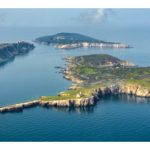
- Top Italian articles of the year | Gli articoli migliori dell’anno
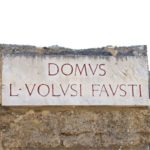
- 10 Italian Castles – History and charm | 10 Castelli Italiani – Storia e fascino
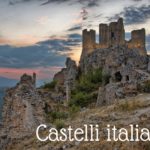
- Villaggi intelligenti – Smart Villages | Italian Home
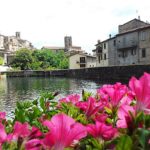
- Alitalia, the last flight? | Economics and history of the Italian airline


